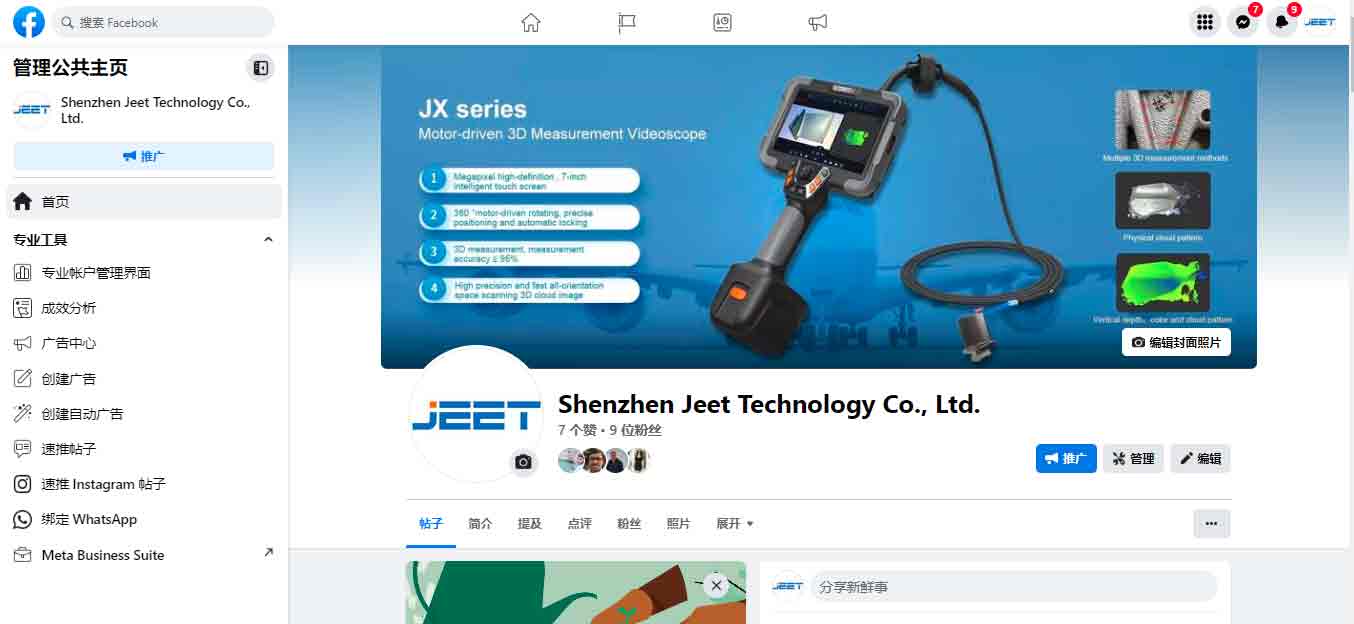What is a videoscope and what is it used for?

A videoscope is a type of borescope that integrates a small camera with an illuminated, flexible or rigid probe, allowing for visual inspection of hard-to-reach or confined spaces. Here's a more detailed breakdown:
What is a Videoscope?
1.Structure:
Camera: Typically a tiny, high-resolution camera is situated at the end of the probe.
Probe: The probe can be flexible or rigid. Flexible probes are often used for navigating complex pathways, while rigid probes are suitable for straightforward inspections.
Lighting: Integrated LED lights or fiber-optic lighting provide illumination for clear viewing in dark or enclosed areas.
Display: The camera transmits live video feed to an attached screen or a connected device, allowing for real-time observation.
Control: Modern videoscopes often come with controls for adjusting the camera angle, focus, and lighting, enhancing the inspection capabilities.
Uses of a Videoscope
Videoscopes are versatile tools used across various industries for inspection and diagnostic purposes. Here are some common applications:
1.Industrial Inspection:
Aerospace: Inspecting aircraft engines, turbines, and internal structures without disassembly.
Automotive: Checking inside engines, gearboxes, and other components for wear or damage.
Machinery: Inspecting the internal parts of heavy machinery to detect cracks, corrosion, or blockages.
Pipelines and Ducts: Examining the interior of pipes, conduits, and ductwork for obstructions, leaks, or corrosion.
2.Medical Applications:
Endoscopy: Medical videoscopes are used for internal examinations of the body, such as gastrointestinal endoscopy, bronchoscopies, and laparoscopies.
Minimally Invasive Surgery: Allowing surgeons to perform procedures with minimal incisions, improving patient recovery times.
3.Law Enforcement and Security:
Search and Rescue: Used to look into collapsed structures or confined spaces during rescue operations.
Surveillance: Inspecting suspicious packages or tight areas that are difficult to access otherwise.
4.Construction and Building Maintenance:
Building Inspections: Checking behind walls, inside ceilings, or in HVAC systems for issues like mold, structural damage, or pests.
5.Electronics and Electrical Engineering:
PCB Inspection: Examining printed circuit boards for defects or damage.
Wire and Cable Inspection: Checking for damage or wear in electrical systems.
Key Advantages of Using a Videoscope
Non-Destructive Testing (NDT): Allows for detailed internal inspections without disassembling the object, saving time and cost.
Real-Time Visual Feedback: Live video feed provides immediate results and facilitates on-the-spot decision-making.
Documentation and Reporting: Ability to capture and record images and videos for further analysis, documentation, and reporting.
Conclusion
A videoscope is a powerful inspection tool that enhances the ability to see and diagnose issues in areas that are otherwise inaccessible. Its applications span numerous fields, from industrial maintenance to medical diagnostics, highlighting its versatility and importance in modern technology and safety practices.



